Hobart, Tasmania, Australia
Hobart, the capital city of Tasmania, is a place where history and modernity coexist harmoniously. From its colonial roots to its maritime heritage, Hobart has taken significant steps to preserve its rich history while embracing the future.
Architectural Preservation
One of the most striking features of Hobart is its well-preserved Georgian and Victorian architecture. Walking through the streets of Battery Point, a quaint neighborhood dating back to the early 19th century, feels like stepping back in time. The city’s commitment to maintaining these historical buildings ensures that the architectural heritage remains intact for future generations to appreciate. The sandstone warehouses along Salamanca Place, now home to bustling markets and cafes, are another testament to Hobart’s dedication to preserving its architectural history.
Museums and Historical Sites
Hobart is home to several museums and historical sites that offer a glimpse into its past. The Maritime Museum of Tasmania, for instance, showcases the city’s rich maritime history, including its role as a port for whaling and sealing ships in the early 19th century. The museum’s efforts to document and preserve maritime artifacts have been instrumental in keeping this aspect of Hobart’s history alive. Additionally, the Tasmanian Museum and Art Gallery houses a vast collection of artifacts and exhibits that tell the story of Tasmania’s indigenous heritage, colonial history, and natural environment.
Cultural Events and Festivals
Hobart hosts various cultural events and festivals that celebrate its history and heritage. The annual Hobart Convict Penitentiary Ghost Tour, for example, takes visitors on a journey through the city’s convict past, offering a unique and immersive historical experience. These events not only educate the public about Hobart’s history but also foster a sense of community and pride. The Dark Mofo festival, held during the winter solstice, is another event that blends contemporary art with historical themes, drawing visitors from around the world to experience Hobart’s unique cultural landscape.
Educational Programs
Educational programs and initiatives play a crucial role in preserving Hobart’s history. Schools and universities in the region often collaborate with local museums and historical societies to provide students with hands-on learning experiences. These programs help instill an appreciation for history in younger generations and ensure that the stories of Hobart’s past are passed down. The Port Arthur Historic Site, a former convict settlement, offers educational tours and interactive exhibits that bring history to life for students and visitors alike.
Community Involvement
The preservation of Hobart’s history is a community effort. Local historical societies, such as the Shiplovers’ Society of Tasmania, have been actively involved in documenting and preserving the city’s maritime heritage since the early 20th century. Community members’ passion and dedication to preserving their heritage have been vital in keeping Hobart’s history alive. Volunteer groups often participate in restoration projects, historical reenactments, and educational outreach programs, ensuring that the city’s history is not only preserved but also celebrated.
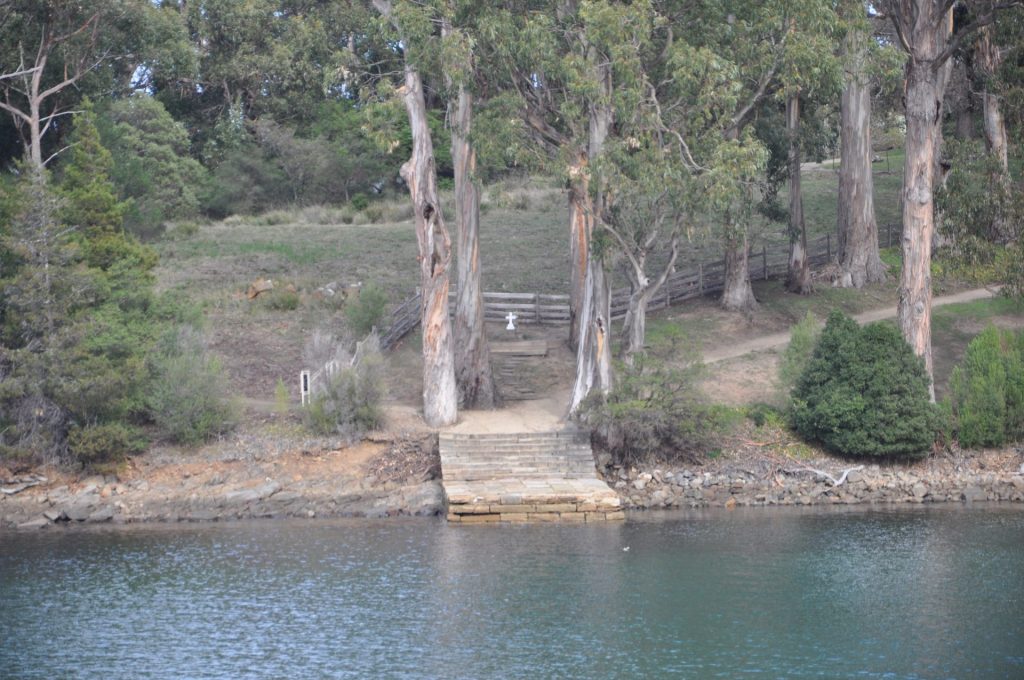
Adaptive Reuse of Historical Buildings
Another way Hobart has preserved its history is through the adaptive reuse of historical buildings. Many old structures have been repurposed for modern use while retaining their historical charm. For example, the Henry Jones Art Hotel, housed in a former jam factory, seamlessly blends contemporary luxury with historical architecture. This approach not only preserves the physical structures but also breathes new life into them, making them relevant and functional in today’s world.
Why Hobart’s Historical Preservation Makes It Worth Visiting
Hobart’s dedication to preserving its history not only enriches the lives of its residents but also makes it an incredibly appealing destination for visitors.
Immersive Historical Experiences
Hobart offers visitors the chance to step back in time and experience history firsthand. Whether it’s exploring the cobblestone streets of Battery Point, visiting the well-preserved sandstone warehouses of Salamanca Place, or taking a guided tour of the Hobart Convict Penitentiary, the city’s historical sites provide a deep and immersive connection to the past.
Rich Cultural Heritage
The city’s museums and historical sites, such as the Maritime Museum of Tasmania and the Tasmanian Museum and Art Gallery, offer a wealth of knowledge about Hobart’s maritime history, indigenous heritage, and colonial past. These institutions provide visitors with a comprehensive understanding of the city’s cultural heritage, making their visit both educational and enriching.
Unique Festivals and Events
Hobart’s cultural events and festivals, like the Dark Mofo festival and the Hobart Convict Penitentiary Ghost Tour, offer unique and memorable experiences that celebrate the city’s history. These events attract visitors from around the world and provide a vibrant and dynamic atmosphere that showcases Hobart’s rich cultural landscape.
Architectural Beauty
The city’s commitment to preserving its Georgian and Victorian architecture means that visitors can enjoy the beauty of historical buildings that have stood the test of time. The blend of old and new architecture creates a picturesque and charming environment that is perfect for leisurely strolls and photography.
Community Spirit
The involvement of the local community in preserving Hobart’s history adds a personal touch to the visitor experience. The passion and dedication of community members, historical societies, and volunteer groups are evident in the well-maintained historical sites and the engaging stories they share with visitors. This sense of community pride enhances the overall experience and makes visitors feel welcome and connected to the city’s heritage.
Adaptive Reuse of Historical Buildings
Hobart’s innovative approach to preserving history through the adaptive reuse of historical buildings means that visitors can enjoy modern amenities within a historical context. Staying at places like the Henry Jones Art Hotel, which is housed in a former jam factory, allows visitors to experience the perfect blend of contemporary luxury and historical charm.

The Unique Charm of Hobart
History and Culture
Hobart, Tasmania, is a city that stands out for its unique blend of history and culture. This combination creates a distinctive charm that makes Hobart a truly special place.
A Rich Tapestry of Stories
Hobart’s history is filled with fascinating stories that span from its indigenous heritage to its colonial past. The city’s historical sites, such as the Port Arthur Historic Site and the Hobart Convict Penitentiary, offer a glimpse into these stories, providing visitors with a deep understanding of the events and people that have shaped Hobart. This rich tapestry of stories adds depth and character to the city, making it a place where history comes alive.
Cultural Diversity
Hobart’s culture is a reflection of its diverse history. The city has been influenced by various cultures, including the indigenous Palawa people, European settlers, and more recent immigrants. This cultural diversity is evident in Hobart’s festivals, cuisine, and arts scene. Events like the Taste of Tasmania festival celebrate the city’s culinary heritage, while the MONA FOMA festival showcases contemporary art and music from around the world. This blend of cultural influences creates a vibrant and dynamic atmosphere that is uniquely Hobart.
Artistic Expression
Hobart’s history and culture have inspired a thriving arts community. The city is home to numerous galleries, theaters, and performance spaces that celebrate both traditional and contemporary art forms. The Museum of Old and New Art (MONA) is a prime example of Hobart’s commitment to artistic expression. MONA’s eclectic collection and innovative exhibitions attract visitors from around the globe, making it a cultural hub that reflects the city’s creative spirit.
Connection to Nature
Hobart’s history and culture are deeply intertwined with its natural surroundings. The city’s location, nestled between the River Derwent and Mount Wellington, has played a significant role in shaping its identity. The natural beauty of Hobart’s landscapes is celebrated through outdoor activities, such as hiking, sailing, and wildlife tours. This connection to nature is also reflected in the city’s cultural practices, with many festivals and events taking place in scenic outdoor settings.
Community Spirit
The people of Hobart take great pride in their city’s history and culture. This sense of community spirit is evident in the numerous local initiatives aimed at preserving and celebrating Hobart’s heritage. From volunteer groups restoring historical sites to community festivals that bring people together, the residents of Hobart are actively involved in keeping their city’s history and culture alive. This strong sense of community adds to the welcoming and inclusive atmosphere that makes Hobart special.
Join the Discussion
We’d love to hear your thoughts on Hobart’s rich history and vibrant culture! Have you visited Hobart and experienced its historical sites and cultural events? What aspects of Hobart’s history and culture do you find most fascinating?
Whether you’re a history enthusiast, a culture lover, or simply curious about this beautiful city, your perspective is valuable to us. Join the discussion and connect with fellow readers who share your interest in Hobart, Tasmania.
Conclusion
Hobart, Tasmania, is a city where history and culture come together to create a unique and captivating experience. The rich tapestry of stories, cultural diversity, artistic expression, connection to nature, and strong community spirit all contribute to making Hobart a special place. Whether you’re exploring its historical sites, enjoying its vibrant arts scene, or simply soaking in the natural beauty, Hobart offers a one-of-a-kind experience that leaves a lasting impression.
How Hobart, Tasmania Keeps Its History Alive – Photos By Mike Fernandes
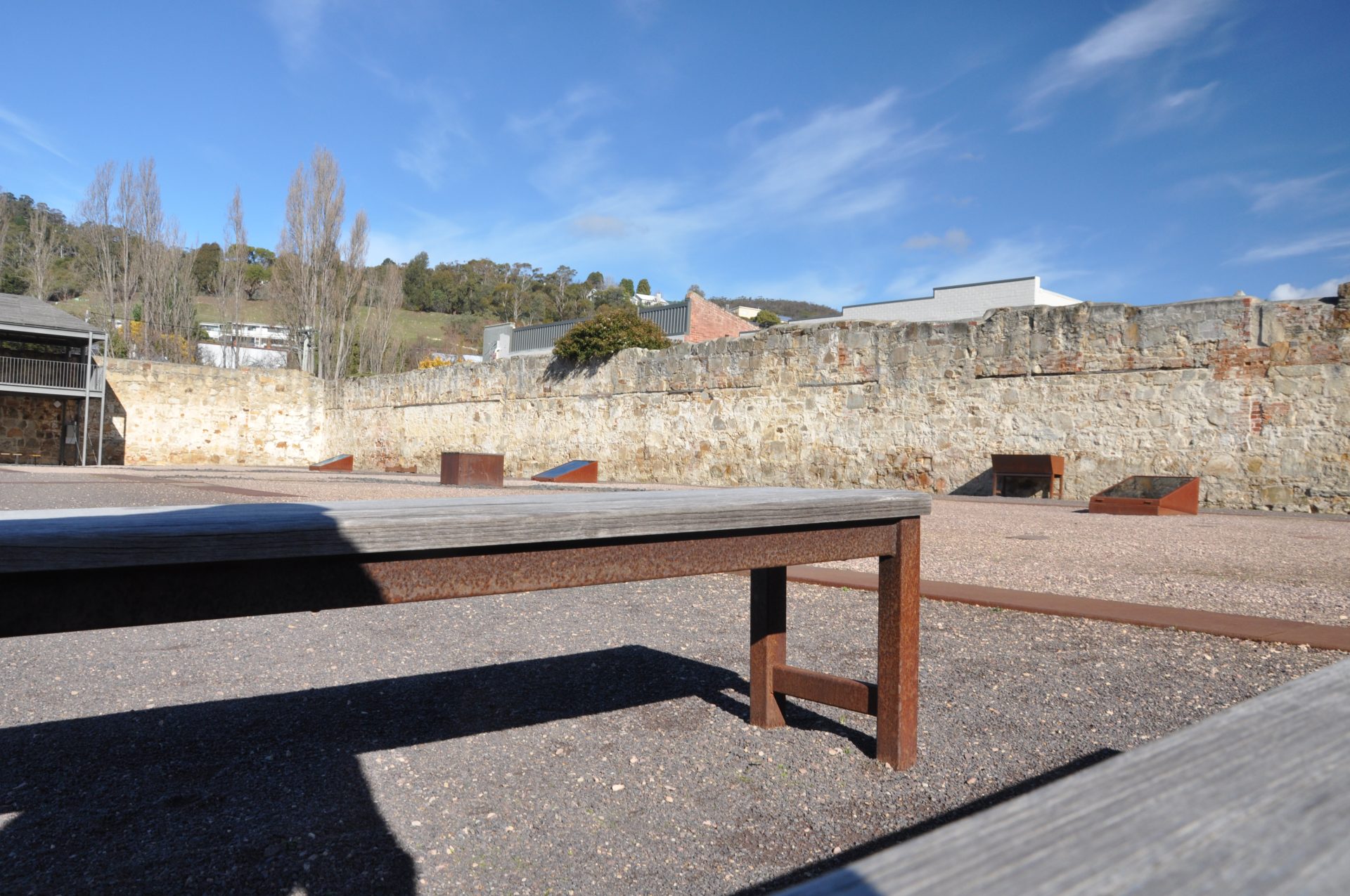
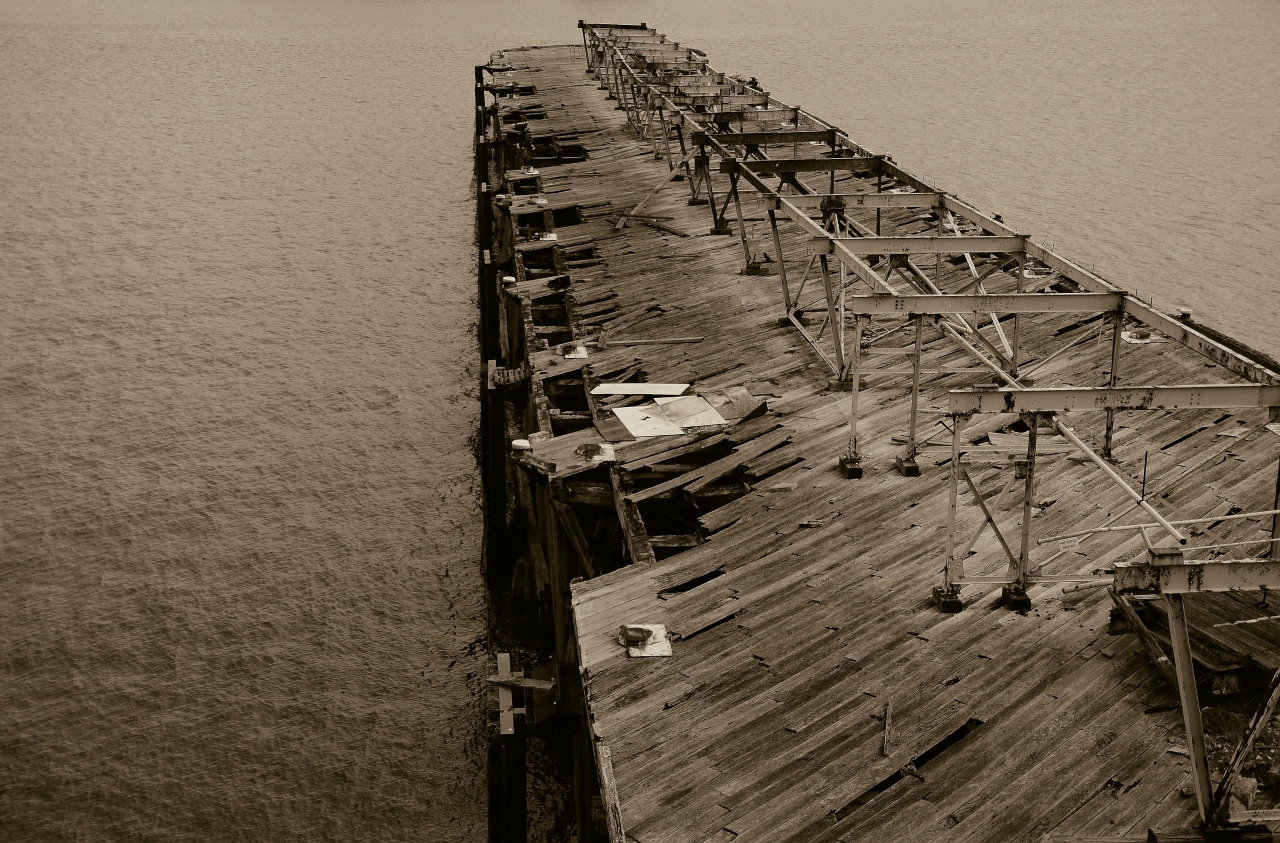
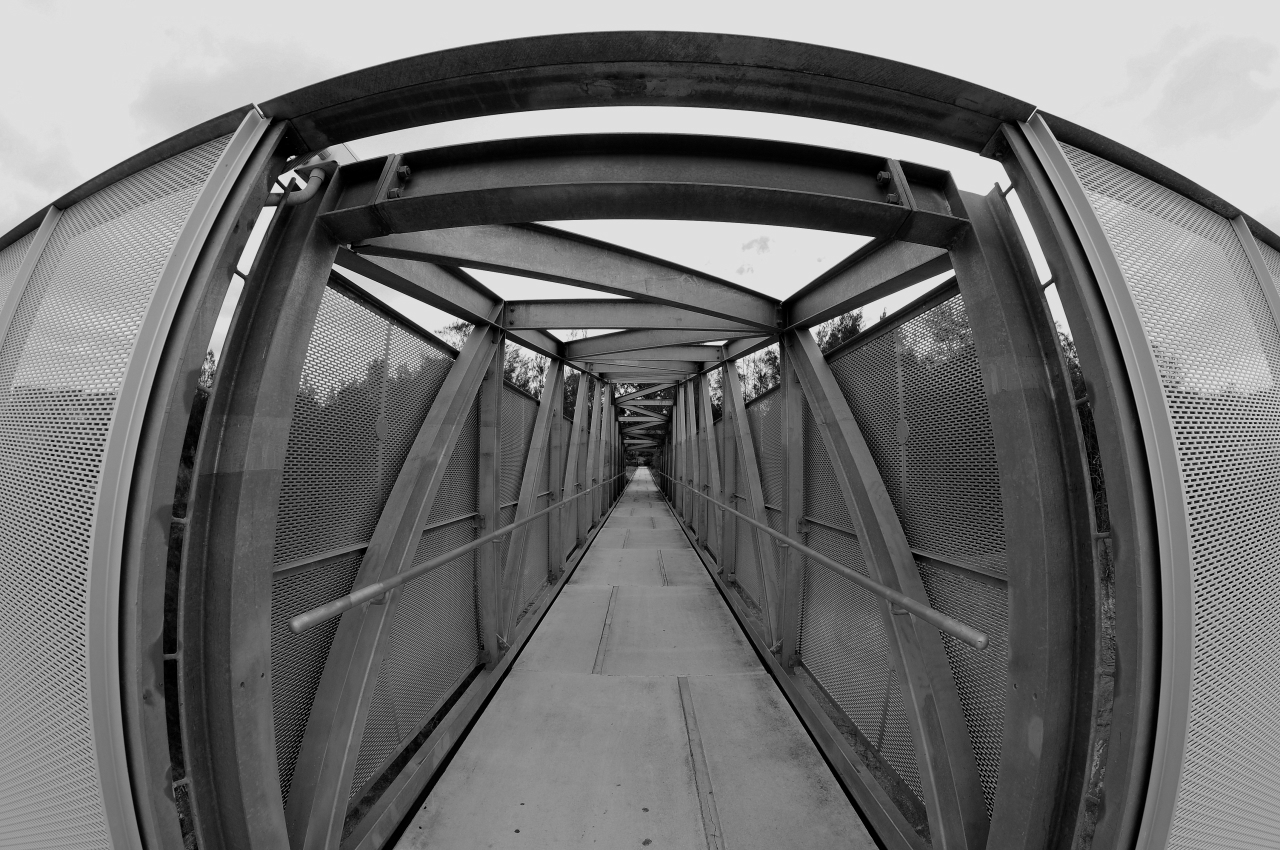

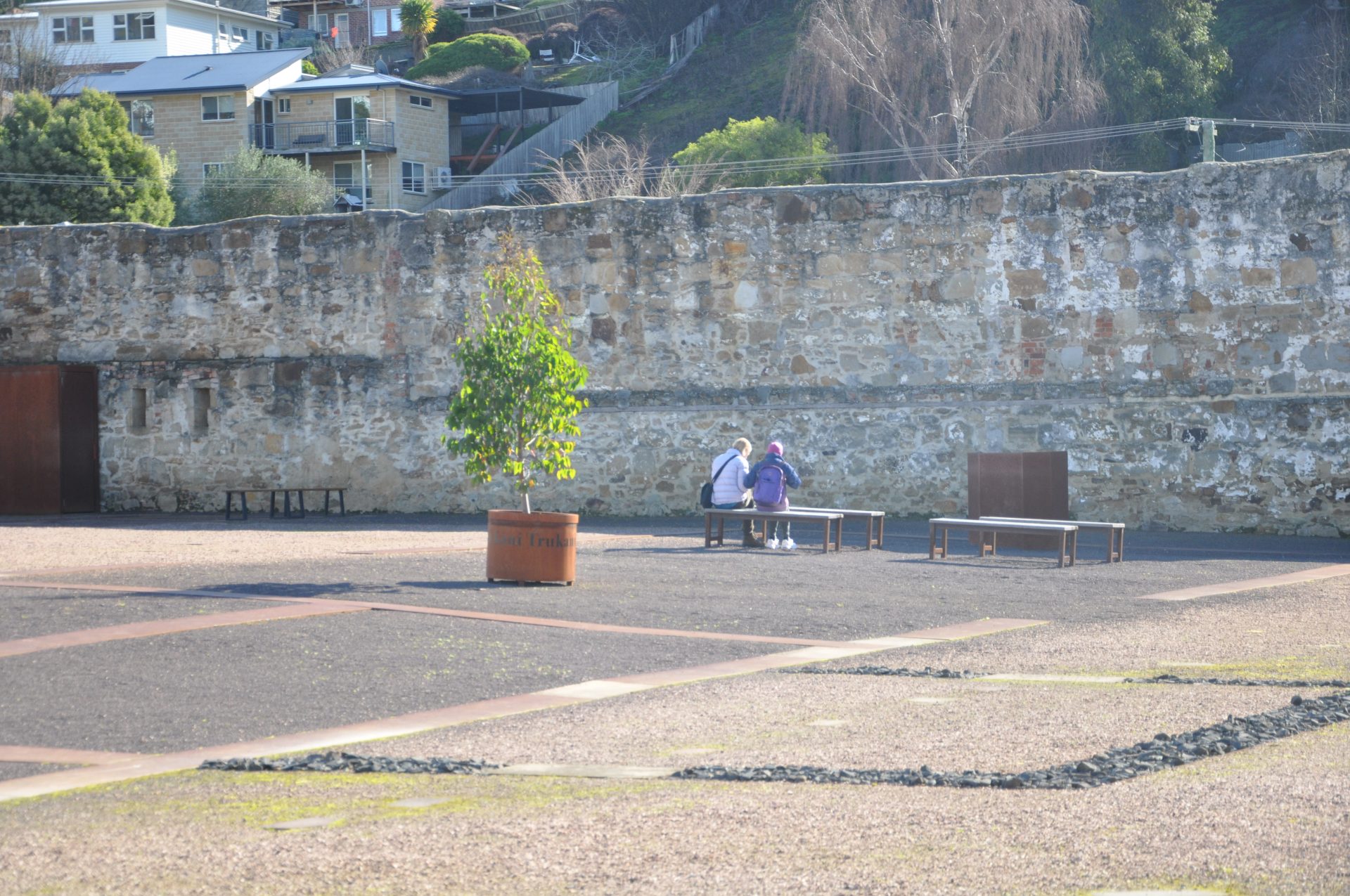
3 thoughts on “How Hobart, Tasmania Keeps Its History Alive”